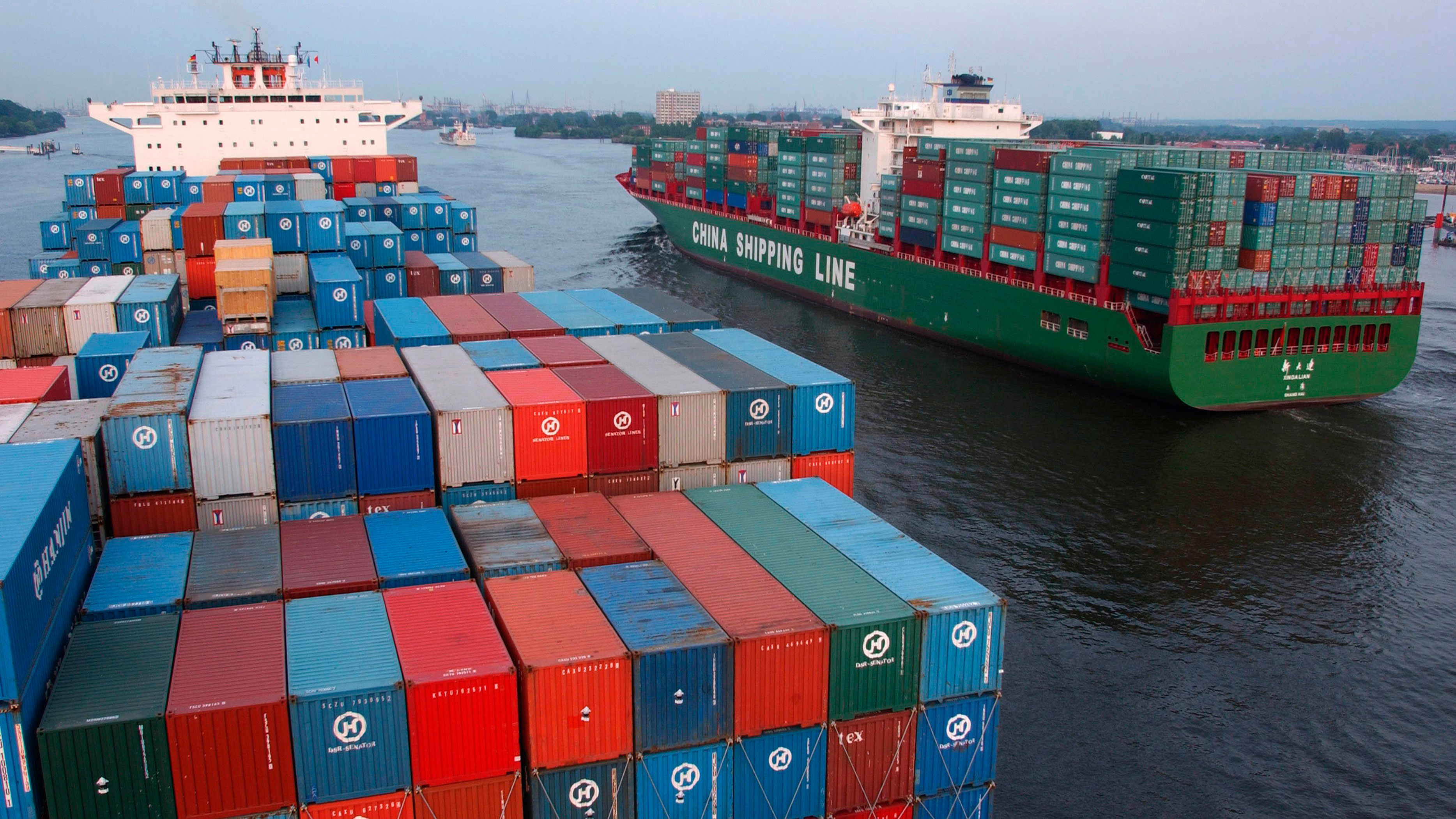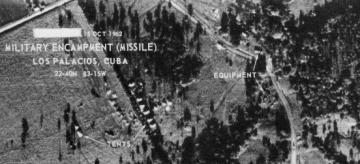What Is Trade Policy?
In this free resource on trade policy, explore how countries leverage their economic power to advance their foreign policy interests.
What is international trade?
International trade is essential. No country can produce everything it needs at reasonable prices within its borders. Instead, a country will be richer if it makes what it is best at and imports what it is not as efficient at producing. That idea is known as comparative advantage. This is why the United States, for instance, sells airplanes to countries around the world but imports products like coffee and tea from elsewhere.
International trade has surged more than sixfold in the past thirty years. It has been a major driver behind economic and social development in the world. International trade has created millions of jobs, lifted over a billion people out of poverty, and strengthened international connections, leading to global stability.
Countries use trade to generate economic growth, which provides the resources societies need to function. However, governments can also leverage trade as a direct foreign policy tool to advance other national interests.
How can trade advance foreign policy interests?
In today’s increasingly interconnected world, economic heavyweights—such as the United States, China, and the European Union—can promote their interests by wielding trade as an incentive (a carrot) and/or as a punishment (a stick).
Trade as a tool of influence
Let’s first look at how countries can influence others by using trade as a carrot.
Strengthening partners: By using trade to bolster other countries’ economies, governments can improve their diplomatic relationships, create mutually beneficial economic arrangements, and promote development, which in turn supports stability.
Take trade between the United States, Canada, and Mexico, for example. In 1994, the three countries enacted the North American Free Trade Agreement (NAFTA). This agreement was designed to increase trade by removing or lowering trade barriers like tariffs and quotas. For the United States, NAFTA had an additional benefit: the agreement spurred Mexican manufacturing and grew the country’s middle class. As a result, fewer people felt pressure to emigrate to the United States, promoting stability at the southern border.
Incentivizing order: Trade can advance peace and prosperity by giving potential adversaries a stake in maintaining stability.
Following World War II, European leaders knew that to build a peaceful Europe and forge a united front against the Soviet Union, they had to reintegrate West Germany economically. But given the enduring trauma of the war, a strong Germany still inspired fear. Such feelings were especially strong in Germany’s next-door neighbor and historical rival, France. In 1950, France’s foreign minister proposed a simple solution: France and Germany could share resources, specifically the coal and steel industries in the region between the two countries. By setting up a common market, a kind of trade bloc in which countries agree to remove most barriers to trade (like tariffs), the European Coal and Steel Community created economic benefits for any European country interested in joining. (Ultimately, it had six founding members.) More importantly, the arrangement would make going to war too expensive and impossible to plan covertly.
Western leaders have used similar thinking to integrate countries into the liberal world order. This is the system of multilateral institutions and agreements that emerged following World War II to promote global cooperation on issues including security, trade, health, and monetary policy. The United States, for example, championed China’s bid to join the World Trade Organization (WTO), in part to promote internal political and economic liberalization and to give the country an incentive to respect the rules-based order. China joined the WTO in 2001, but its integration has largely failed to make it more democratic. Its joining has also not stopped China from violating international trade rules. Instead, China has taken advantage of the provisions that suit its interests while skirting less convenient restrictions.
To learn more about this episode, check out What Happened When China Joined the WTO?
Trade as a punishment
In addition to serving as incentives, trade policies can act as punishments. The threat or consequences of such actions can alter the behavior of other countries. Trade can be wielded as a stick in several ways.
Economic sanctions are measures to either pressure or punish bad actors—whether individuals, groups, or countries—that violate international norms or threaten national interests. They can take many forms, including asset freezes, travel bans, arms embargoes, foreign aid reductions, and limited or total trade restrictions.
On rare occasions, sanctions can bring about regime and policy changes. Sanctions pressured South Africa’s government to end its racist system of apartheid. More often, they are used to advance foreign policy goals related to conflict resolution, nonproliferation, counterterrorism, and human rights, among other issues. Sanctions, however, have their limitations: they can be insufficiently coercive, easily sidestepped, and harmful to civilians. Sanctions can even be beneficial to authoritarian regimes.
To learn more about this foreign policy tool, check out What Are Economic Sanctions?
Tariffs are taxes on imports to make foreign products more expensive (and less competitive) than they would otherwise be. Tariffs are often used to support domestic producers, but they can also be levied punitively against countries that carry out unfair economic and trade practices.
In 2018, for example, the United States imposed steep tariffs on Chinese goods to punish the country for unfair trade practices. The tariffs were also implemented to pressure China to enact reforms and close the growing bilateral trade deficit. China responded with tariffs of its own on U.S. imports, resulting in an ongoing trade war that has cost both sides hundreds of billions of dollars.
Export controls are regulations governments place on whether and how certain products can leave the country. Such controls typically apply to products deemed important for national security, economic security, or foreign policy. For example, an export control could require the government to approve the sale of weapons technology—or could ban the export altogether.
For instance, the United States requires government approval for all U.S. arms exports to the Middle East. The purpose of these export controls is to ensure Israel—a close U.S. partner—maintains a military edge over its neighbors. Governments have also placed export controls on products such as nuclear materials and personal protective equipment (such as face masks) during the COVID-19 pandemic.
To learn about other barriers to free trade—including quotas, subsidies, dumping, and currency manipulation—check out What Gets in the Way of Free Trade?
Trade: an effective tool in the right circumstances
Using trade as a foreign policy tool has potential benefits: it avoids military force and can bring countries closer together while spurring economic growth.
Yet as with all tools, using trade to advance foreign policy goals has potential drawbacks. Disrupting free trade, for instance, can create shortages or rising prices for a country’s domestic consumers and producers. Trade restrictions can often result in difficulties exporting one’s own products if other countries implement retaliatory regulations.
The challenge for policymakers is figuring out how to wield trade in conjunction with other foreign policy tools in a way that maximizes its benefits while minimizing its potential repercussions.
Now that this resource has covered the fundamentals of trade policy, put those principles into practice with CFR Education’s companion mini simulation on Trade Policy.





